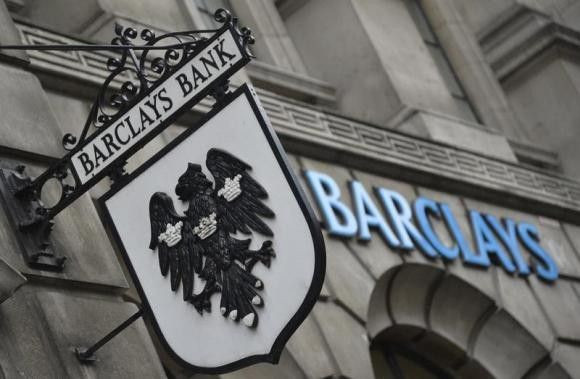Australian Banks Need More Capital Infusion To Stay Robust, Says Regulator

Australia’s big four banks do not have sufficient buffer to save themselves from future financial crises. That makes a call to inject at least A$28 billion as extra capital to stand strong and be at par with the safest global lenders. This has been revealed in a study conducted by Goldman Sachs Group Inc. and Credit Suisse Group AG, which was commissioned by the banking regulator, Australian Prudential Regulation Authority. The report said the four Aussie lenders would need to scale up their capital adequacy ratios by at least 2 percentage points to reach the level of top quartile of global banks.
Test of Strength
The report is an indirect message to the banks concerned, to hike their holdings by at least two percent from the June 2014 level. Capital adequacy ratio reflects the financial strength of a bank and is a reckoner of how much equity it can free up in the case of an emergency or financial crisis. The details revealed in the report said Australia’s biggest banks have capital ratios higher than 11.6 percent median mainatined by 98 lenders it surveyed, but that is still short of the desired 13.3 percent held by the top quartile.
In a way, the Regulation Authority’s report adds better clarity on the factual position of banks, on which a government review in December 2014 said that the banks are having capital levels held by the top 25 percent lenders globally. The APRA report also promises support in setting capital levels, while adding it “does not intend to tightly tie” the requirements to a moving global benchmark.
“The APRA removed any ambiguity on their assessment of Australian banks’ capital-adequacy strength,” CLSA’s Sydney-based analysts Brian Johnson and Ed Henning wrote to investors, “Australian banks can no longer state they don’t know."
Side Effect
However, the regulator’s capital infusion proposal had many Bank executives squirm, who warned that wider buffers could force banks to lift lending rates or cut dividends . According to the banking regulator, the study would be advisory in nature and better inform “but not ultimately determine” the rules on capital standards in Australia.
The APRA’s study measured the common equity Tier 1 ratios of all the major lenders. They included Australia & New Zealand Banking Group Ltd., Commonwealth Bank of Australia, National Australia Bank Ltd. and Westpac Banking Corp. against global peers. The benchmark global peers in the study were Wells Fargo & Co., HSBC Holdings Plc, JPMorgan Chase & Co. and Royal Bank of Canada. The top quartile positioning was used as “a useful sense check of the strength” of the Australian lenders, APRA said. It said changes to minimum capital requirements were “likely to be less material” for smaller banks, unlike the biggies.
(For feedback/comments, contact the writer at k.kumar@ibtimes.com.au)




















